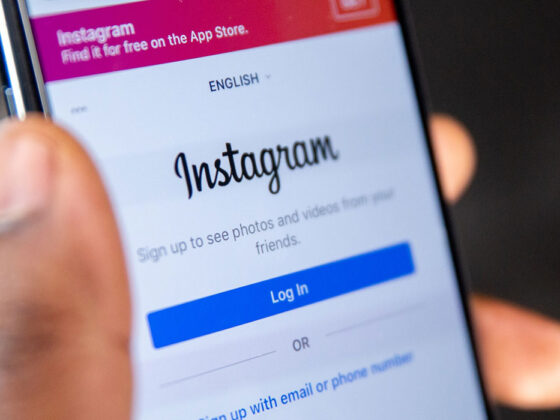Managing social media, whether it be for yourself, another brand or client, requires constant activity and responsiveness. The most efficient way I think people can stay at the top of their social game is to utilize social media scheduling and social listening. Some individuals might see the negative in automating some of the process, but I want to share with you a few reasons why it’s efficient and can actually provide you the time you need to be more actively engaged with your followers.
Scheduling
There are a number of social media management tools that can be used for scheduling communications. Ask anyone and you’ll likely get several different suggestions. We’ve found great success with HootSuite and Sprout Social, it just depends on your particular needs and what might work best for you. HootSuite worked well for our own social scheduling, but as we’ve continued to grow and oversee social media for more of our clients, Sprout Social has been helpful to manage multiple accounts in one platform.
Why schedule? Since your audience is likely not online 24/7, you can select various times throughout the day to publish your content to test what time of day you get the most traction. Depending on the platform, you can also select messages to be published at the most optimal time for engagement.
When it comes to the content shared on social media, we believe in a balance of curated and original content. But curating the right content can also take time. Instead of having to hunt down news items to share, set up an account with an aggregator like Feedly or Scoop.It. You can also use notification services like Google Alerts, Talkwalker or Mention to receives alerts when a brand or topic is mentioned or a news item is published. By curating that content and scheduling, you can spend active time responding to mentions or comments, as well as reviewing other content that could be suitable to retweet or share.
Social Listening
Here’s where efficiency with your time leads to activity. Social listening can provide extreme benefits. To start social listening establish keywords and streams to track for conversations relevant to your brand. By doing this it helps identify opportunities for you to engage with both followers and non-followers. Here are a few additional areas you can gain insight from listening:
Trending Topics: Understand what topics are trending in relation to your brand. This could help you identify gaps in the marketplace for a particular product offering or service, or could help you establish positioning for a particular marketing campaign.
Content Ideas: If you see a trending topic, leverage for creating timely content. Maybe you notice over a period of time a lot of followers asking questions about a certain subject. Put yourself in an authority position by creating a how-to guide, e-book, quick tips, or anything else that might ease the consumer’s pain points around the matter.
Identifying Influencers: Pay attention to individuals that are often talking about topics that relate to your brand. These are ideal people to encourage to follow your brand to have them help spread the word. You can start by following them, sharing their content, and then progress into more genuine conversations. When the time feels right you can consider offering a product sample for review, or invite them to participate in a consumer panel to gather deeper insights. Some brands even scout out online influencers to serve as brand ambassadors or bloggers.
Recognize Advocates: Pay attention to brand advocates. They have powerful insight and can sometimes prevent you from making brand blunders. While they may love your brand, they’re often the first to speak up when they’re not happy. You may recall when Maker’s Mark announced they were going to reduce the amount of alcohol content in their product. Customers took to social media to address their displeasure and ultimately the brand (wisely) reversed their decision.
Geographic Targeting: It’s a big, big world of social media and while you have the capability to communicate with audiences all over the world, sometimes your marketing efforts require a more targeted approach. You can narrow your listening focus to help deliver locally relevant content, and could be ideal if you’re launching in a new market.
Responding to Customer Service Issues: I mentioned in previous post on customer service that not all issues are brought directly to you. By listening to online to consumer complaints you can identify opportunities where its advised to mitigate the situation. Turning a negative into a positive situation can be one of the best things you can do for your brand. But don’t just put on a social front, make sure you follow through with appropriate action. Don’t be a Lululemon transparent pants-gate (sorry Lulu).
Competitor Monitoring: Not only is it a good idea to listen to what consumers are saying about you, but it’s also advised to watch out (or listen) for the competition. You can identify customer disconnects and use them as brand advantages. It’s also good to see how you stack up, and what you can learn (and then do it better).
Again, the key point with social media scheduling is not just creating content, publishing, and walking away. Instead it’s about actively listening and finding opportunities to engage with people. It doesn’t mean less involvement, just a more organized and strategic approach, and when done right, can lead to great dividends in the end.
Are you scheduling your social media content and actively listening to online conversations? We’d love to hear how it works for you. Share your experience in the comments below.
Photo Credit: Melvin Gaal (Mindsharing.eu)




